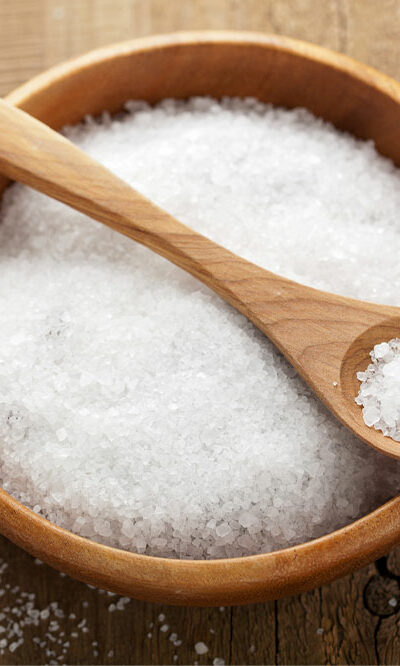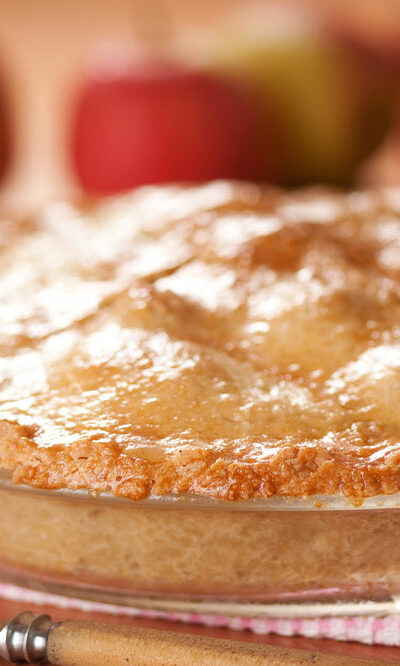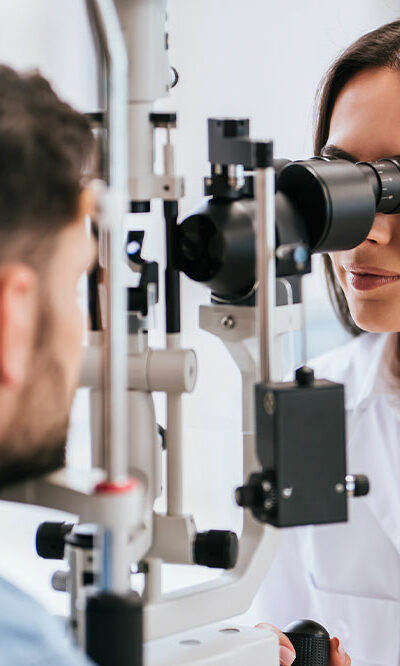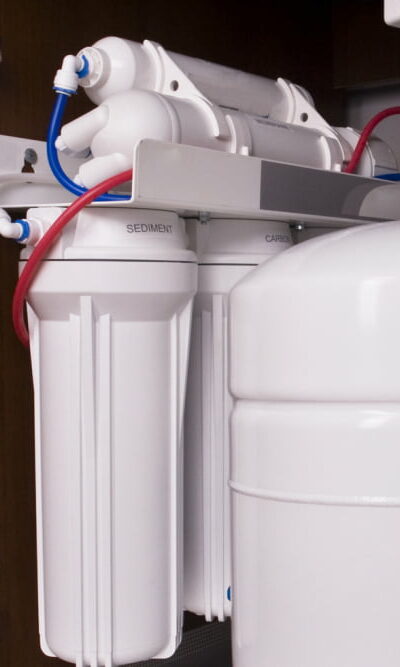
5 tasty and nutritious snack options for diabetics
The next time a sugary treat entices you at the supermarket, consider the fact that almost 11% of the country’s population grapples with diabetes. Easy access to foods high in sugar and unhealthy fats has spurred an unprecedented increase in the number of individuals with diabetes. However, on the bright side, here’s a list of delicious and nutritious foods to indulge in without worrying about a spike in blood sugar levels. Hard-boiled eggs Hard-boiled eggs are high-protein, low-carb food sources that slow glucose absorption and aid digestion. Research suggests that consuming approximately two eggs a day has no adverse effects on the body in terms of cholesterol, blood sugar, and other parameters. Moreover, it typically enhances one’s fasting blood sugar levels. Boiled chickpeas The American Diabetes Association recommends chickpeas as high-fiber foods linked with low blood sugar levels. A bowl of boiled chickpeas garnished with pepper, lemon juice, and coriander leaves can fill one up till dinnertime! Fresh berries Berries such as strawberries, raspberries, blueberries, and blackberries are great additions to one’s meal plan if they have been diagnosed with type-2 diabetes. Berries typically have a low glycemic index and are packed with essential vitamins, fiber, and antioxidants. One may consume them directly or add them to their porridge and smoothies. Nuts One may stock up on walnuts, hazelnuts, almonds, pistachios, cashews, and peanuts, as these contain vitamin E, fiber, carotenoids, antioxidants, and healthy fats, making them ideal snacks for people with diabetes. However, avoid salted nuts as these are highly processed and may increase one’s risk for auto-immune conditions. Green soups and smoothies Broccoli, spinach, beet greens, kale, cabbage, and the like are considered nutritious leafy greens for individuals with diabetes as they have a low glycemic index, low starch, and high vitamin A and E levels. Thus, soups and smoothies with leafy greens, seasoned with some pepper and lime juice, are healthy, sumptuous snacks for regulating sugar levels.










